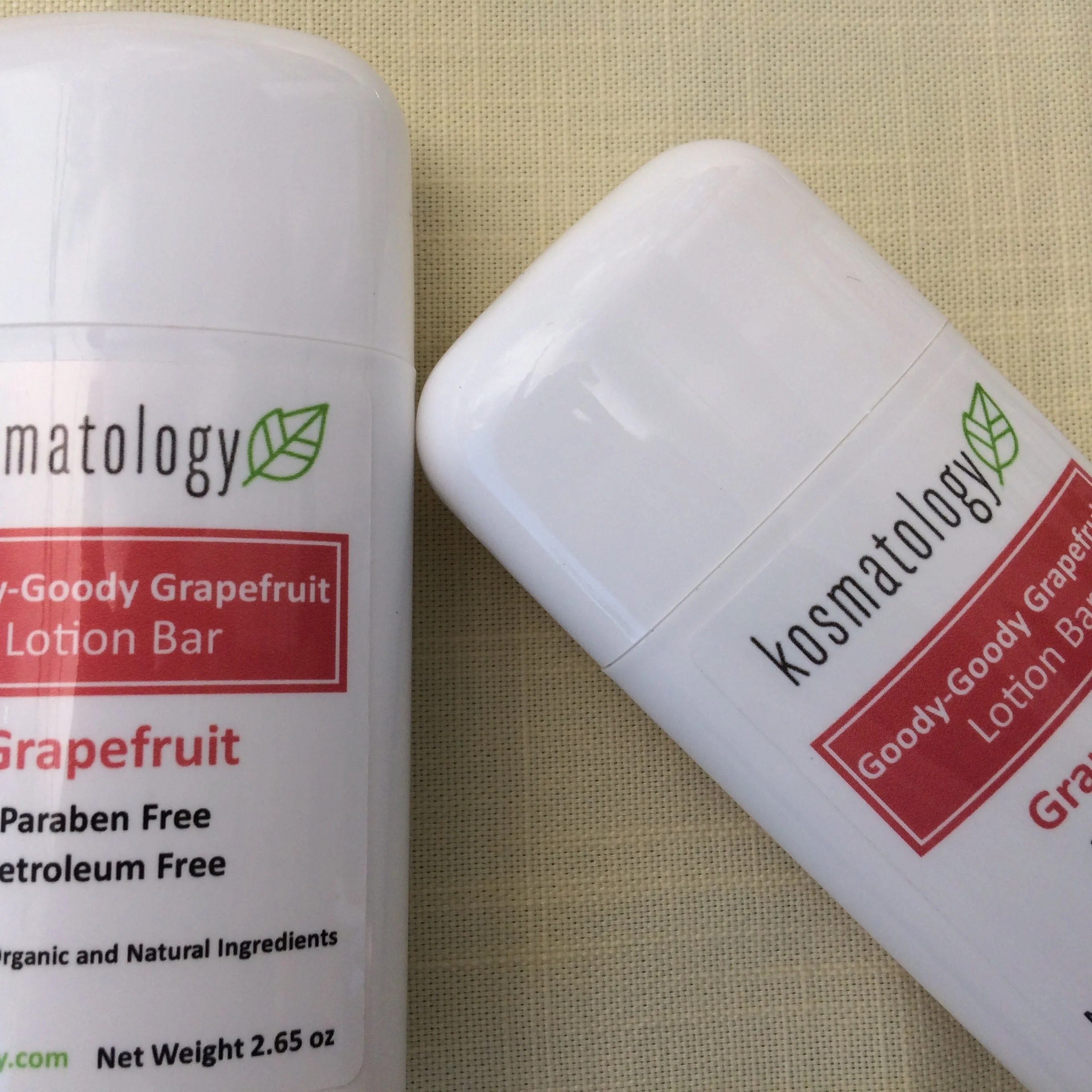Eczema: A Very Personal Struggle
Picture of Cameron at 3 months old
Considering how my daughter’s battle with eczema prompted my journey into clean skin care and later to develop my own skin care line, it’s only fitting that I write a blog about it.
Rewind to April 2010, my youngest daughter was just three months old and suffering from irritating eczema. Many trips to the pediatrician resulted with steroid creams and no answers. Since her mom, me 😊, has a doctorate in pharmacy and is a compounding pharmacist, I felt I needed to find a better solution. So, the research began.
Although eczema can be caused by several different factors, the two most common seem to be an overreactive immune system and a specific gene mutation.
Let’s start with an over-reactive immune system. When an over-reactive immune system responds to a “threat”, it creates inflammation. There are numerous perceived threats that the immune system can react to and no two people’s trigger is the same. Some common triggers are:
Soaps
Household cleaners
Fragrances (this differs from essential oils, but essential oils can sometimes be a trigger as well)
Clothes made with wool or polyester
Isothiazolinones (a preservative agent used in personal and hair care products)
Cigarette or Cigar Smoke
Cocamidopropyl betaine (thickening agent in lotions and cosmetics, foam booster in shampoo)
Paraphenylene-diamine (used in hair dyes, henna and temporary tattoos)
Also, research has shown that some people with eczema have a specific gene mutation. This gene is responsible for producing a protein called Filaggrin. Filaggrin is responsible to maintaining our body’s protective barrier on the top layer of our skin. Lack of Filaggrin causes loss of moisture from the skin which allows bacteria and viruses to enter. This explains why many people with eczema have very dry skin that is prone to infection.
Health-related quality of life in adult dermatitis patients stratified by filaggrin genotype.
So, back to 2010 and my daughter’s own struggle with eczema. As I learned more about eczema and its triggers, I began to look more closely at the products my family was using at that time. One thing that particularly struck me was the prevalent use of alcohol in lotions, even in natural and organic products. Now, do not get me wrong, I understand why it is used. Alcohol is a great preservative and can be an organic ingredient, but when you are suffering with eczema, slathering on a product made with alcohol tends to aggravate eczema patches and not help to nourish and soothe them. Also, other aspects of our lifestyle can have an impact on our skin conditions, including clothing choices. Synthetic fabrics, often found in everyday clothing, can exacerbate eczema symptoms by trapping heat and moisture against the skin, leading to irritation and discomfort. So, it's important to choose fabrics that are gentle and breathable, which can make a significant difference for those with eczema. For instance, wearing underwear, bras, or socks made of 100% organic cotton can be beneficial, as natural fibers are less likely to irritate sensitive skin and can help maintain moisture balance. It's important to choose fabrics that are gentle and breathable, which can make a significant difference for those with eczema.
To start, I decided I needed something more of a balm consistency, something thick and protective, free of water and alcohol, and full of nourishing ingredients to help the skin heal. The first balms I created were good, but didn't create the long lasting barrier I was hoping for. That’s when the idea of a lotion bar became evident. It was perfect, giving the skin all the nourishing ingredients of a balm and using none of the ingredients I was trying to avoid such as alcohol. And, the best part was the addition of Candelilla wax to create the bar's consistency. Candelilla wax created the protective skin barrier I was looking to replace. Now, I needed to help prevent infection. That’s when I really started researching essential oils and decided upon grapefruit essential oil. Grapefruit has been shown to inhibit growth of both bacteria and fungus and has soothing effects.
The difference in my daughter’s eczema with in the first couple of applications was amazing. Even her pediatrician couldn’t get over how great her skin looked. Even better, she was healing without the use of medications and the bar was immediately soothing.
I offered the grapefruit lotion bar to friends and family whose children also suffered with eczema, and low and behold, their children experienced the same outcome. And this became the beginning of what is now Kosmatology.
* These statements have not been evaluated by the FDA and is not intended to diagnose, treat, prevent, or cure any disease. *



